A recent Environmental Protection Agency (EPA) report confirmed a lowering of the quality of water in a number of our river catchments despite the ongoing regulations, which, by their nature, impede farm practice. So are our regulations working or is it time for a rethink?
Our environment is shared by all who live and work in our patch, so we have a common goal to protect it. But is that objective being shared equally? In general, people believe that it is the others who cause the problems and, as farmers, we will feel victimised by the amount of targeted legislation which is focused on farming. Penalties for this, fines for that and the blame for everything, even though others may be at least partly at fault.
Despite what appears to be a mountain of legislation, that recent EPA report indicates that the condition of our environment is disimproving, at least in places. Is this a consequence of badness, indifference or ignorance? Perhaps the latter is the most likely in the case of farming, but if you feel that the law is an ass, one can lose respect for all that it is trying to achieve.
County council controls
Those charged with responsibility for the local environment are the environmental sections of the county councils. They are responsible for acting to ensure that the quality of water in our rivers, the air we breathe, etc, meet with the minimum standards required.
Wexford is one of those counties where the water quality has been found to have declined. I recently spoke with Brendan Cooney, who is the senior executive scientist in the environment section of Wexford County Council.
Water quality in the Castledockrell catchment was found to have disimproved last year. Brendan emphasised that the water quality is still not bad, but it has disimproved. This is leading to a rethink at official level as to how best to address the challenges of environmental protection in order to get buy-in from all elements of society.
“This problem is not exclusive to Wexford,” Brendan said, “but it is fair to say that the overall quality of our waterways has not tangibly improved over the past decade or two. The really bad pollution events have ceased, but underlying problems with nitrate and phosphate in particular remain.”
Time for a fresh start
Brendan freely admitted that those in charge do not have all the answers as to how these challenges can be best resolved. But he is of the view that the problem belongs to the community and that the same community should have a significant say in how best to improve their local situation.
Total buy-in to achieve a real improvement, as distinct from theoretical perfection, may be more likely to deliver tangible benefits in the near to medium term.
“It is essential that we ask farmers and others what they can do to help their local situation and listen to the problems that they and others have in trying to etch a living from the locality,” Brendan said. “Everyone has both an interest and a responsibility to protect their environment. They live there – it is in their best interest.” Perhaps the time has come to try other approaches to address the challenge.
In Wexford, the main quality problems relate to the levels of N and P in watercourses, but there is no issue in groundwater. There is a growing acknowledgement that there is a need to work with people to understand the problems and challenges in order to help the situation for everyone.
Stop the leaks
Basically, our environment is leaky and many of the multiple sources of nutrient loss to our streams and rivers are non-intentional.
For this reason, it is important to work with all parties that may be part of this leaky system. Working in this way would help to explain and address each problem individually to the relevant parties and to show due respect to all those involved.
Brendan believes that all the agencies involved need to develop a much more co-ordinated approach to tackling the range of problems that exist.
New approach
Brendan suggests the need for a rethink on policies that have not been very successful to date. Bringing ownership of the environment to local people will help ensure that the measures identified are more likely to be successful. In tackling local issues, he suggests the following:
Fix the big things first and then identify the small leakages and address them one at a time. Many of these solutions should involve very little cost, but they need to be sensible to be effective. Management alone could achieve considerable improvement in many instances. Little things like sloping a farm roadway into the field rather than an open drain can help. He suggests that problems and improvements operate on a traffic light system – yellow card when a problem is identified and green card when the issues have been resolved. During this time, there would be no cross-reporting of a first unintentional offence. But if a red is issued, a penalty is likely. Buffer zones should be placed around all watercourses, but these areas should be eligible. Buffer zones and Greening should apply to all farming systems.There needs to be simplification of existing schemes, with greater cross-referencing between them. The objective is improvement in stages through numerous small actions in local areas by talking directly to small groups.
The aim should be to put the initiative on farmers, and others, to propose solutions for local problems and to implement them.
“This must be an innovative process to succeed and it will be a nationwide effort,” Brendan said.
These ideas are now to be explored in different parts of the country through the new European Innovation Partnerships. These can be used for quite a range of objectives, one of which is to improve water quality.
NEXT WEEK
We look at one of the innovation partnerships currently in place in Co Wexford
A recent Environmental Protection Agency (EPA) report confirmed a lowering of the quality of water in a number of our river catchments despite the ongoing regulations, which, by their nature, impede farm practice. So are our regulations working or is it time for a rethink?
Our environment is shared by all who live and work in our patch, so we have a common goal to protect it. But is that objective being shared equally? In general, people believe that it is the others who cause the problems and, as farmers, we will feel victimised by the amount of targeted legislation which is focused on farming. Penalties for this, fines for that and the blame for everything, even though others may be at least partly at fault.
Despite what appears to be a mountain of legislation, that recent EPA report indicates that the condition of our environment is disimproving, at least in places. Is this a consequence of badness, indifference or ignorance? Perhaps the latter is the most likely in the case of farming, but if you feel that the law is an ass, one can lose respect for all that it is trying to achieve.
County council controls
Those charged with responsibility for the local environment are the environmental sections of the county councils. They are responsible for acting to ensure that the quality of water in our rivers, the air we breathe, etc, meet with the minimum standards required.
Wexford is one of those counties where the water quality has been found to have declined. I recently spoke with Brendan Cooney, who is the senior executive scientist in the environment section of Wexford County Council.
Water quality in the Castledockrell catchment was found to have disimproved last year. Brendan emphasised that the water quality is still not bad, but it has disimproved. This is leading to a rethink at official level as to how best to address the challenges of environmental protection in order to get buy-in from all elements of society.
“This problem is not exclusive to Wexford,” Brendan said, “but it is fair to say that the overall quality of our waterways has not tangibly improved over the past decade or two. The really bad pollution events have ceased, but underlying problems with nitrate and phosphate in particular remain.”
Time for a fresh start
Brendan freely admitted that those in charge do not have all the answers as to how these challenges can be best resolved. But he is of the view that the problem belongs to the community and that the same community should have a significant say in how best to improve their local situation.
Total buy-in to achieve a real improvement, as distinct from theoretical perfection, may be more likely to deliver tangible benefits in the near to medium term.
“It is essential that we ask farmers and others what they can do to help their local situation and listen to the problems that they and others have in trying to etch a living from the locality,” Brendan said. “Everyone has both an interest and a responsibility to protect their environment. They live there – it is in their best interest.” Perhaps the time has come to try other approaches to address the challenge.
In Wexford, the main quality problems relate to the levels of N and P in watercourses, but there is no issue in groundwater. There is a growing acknowledgement that there is a need to work with people to understand the problems and challenges in order to help the situation for everyone.
Stop the leaks
Basically, our environment is leaky and many of the multiple sources of nutrient loss to our streams and rivers are non-intentional.
For this reason, it is important to work with all parties that may be part of this leaky system. Working in this way would help to explain and address each problem individually to the relevant parties and to show due respect to all those involved.
Brendan believes that all the agencies involved need to develop a much more co-ordinated approach to tackling the range of problems that exist.
New approach
Brendan suggests the need for a rethink on policies that have not been very successful to date. Bringing ownership of the environment to local people will help ensure that the measures identified are more likely to be successful. In tackling local issues, he suggests the following:
Fix the big things first and then identify the small leakages and address them one at a time. Many of these solutions should involve very little cost, but they need to be sensible to be effective. Management alone could achieve considerable improvement in many instances. Little things like sloping a farm roadway into the field rather than an open drain can help. He suggests that problems and improvements operate on a traffic light system – yellow card when a problem is identified and green card when the issues have been resolved. During this time, there would be no cross-reporting of a first unintentional offence. But if a red is issued, a penalty is likely. Buffer zones should be placed around all watercourses, but these areas should be eligible. Buffer zones and Greening should apply to all farming systems.There needs to be simplification of existing schemes, with greater cross-referencing between them. The objective is improvement in stages through numerous small actions in local areas by talking directly to small groups.
The aim should be to put the initiative on farmers, and others, to propose solutions for local problems and to implement them.
“This must be an innovative process to succeed and it will be a nationwide effort,” Brendan said.
These ideas are now to be explored in different parts of the country through the new European Innovation Partnerships. These can be used for quite a range of objectives, one of which is to improve water quality.
NEXT WEEK
We look at one of the innovation partnerships currently in place in Co Wexford





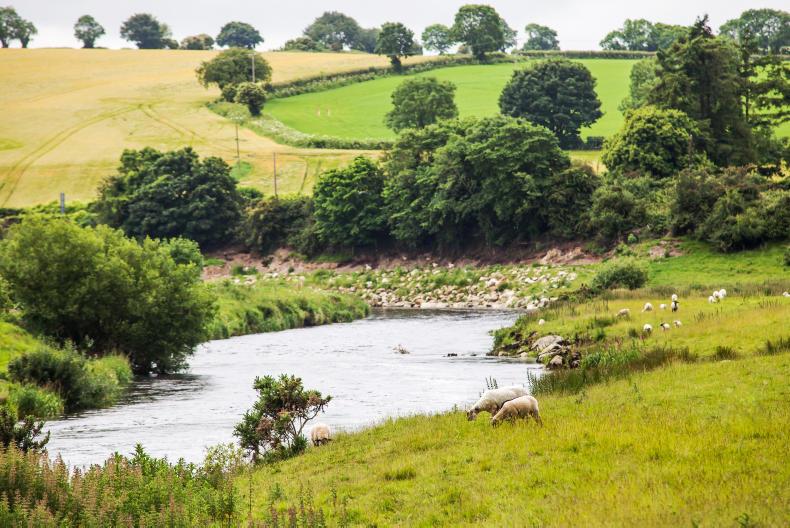
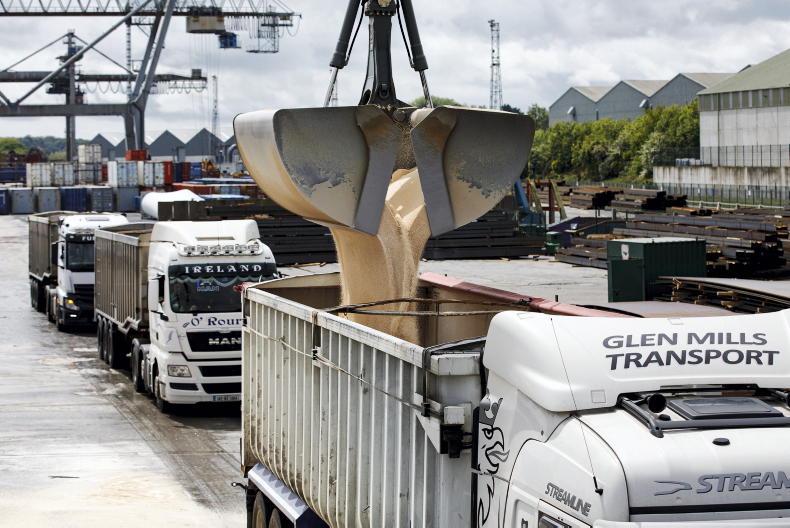

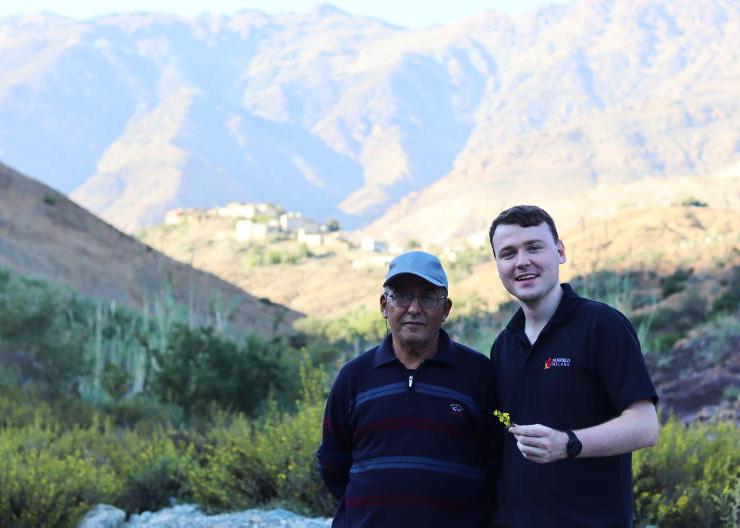
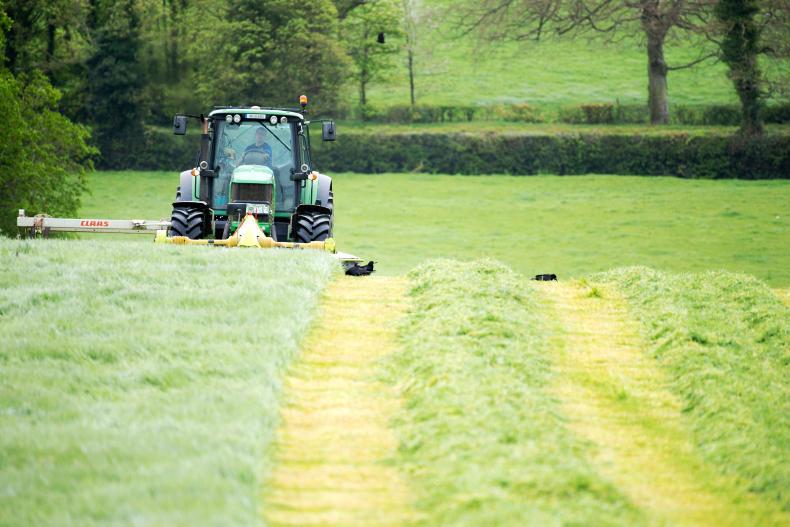
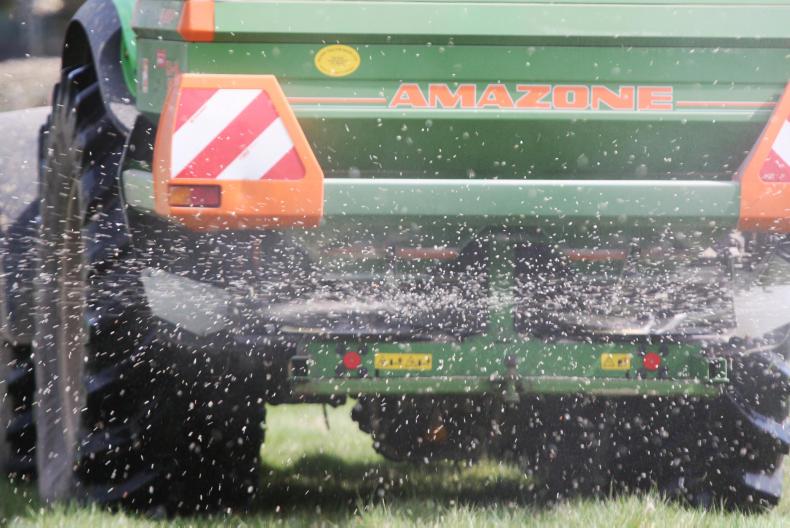
SHARING OPTIONS